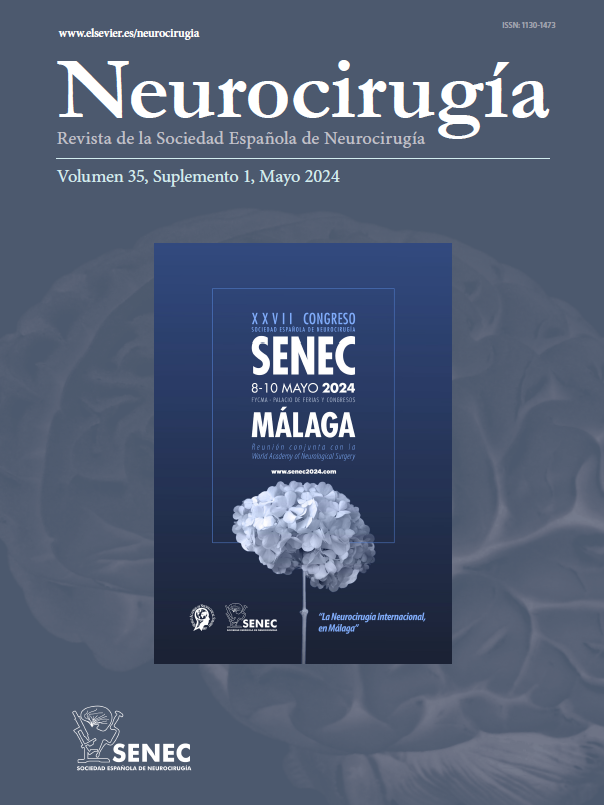OC-025 - TREATMENT OF DRUG-RESISTANT TRIGEMINAL NEURALGIA USING PERCUTANEOUS BALLOON CATHETER COMPRESSION: OUR EXPERIENCE WITH MORE THAN 100 PROCEDURES
Servicio de Neurocirugía, Hospital Regional Universitario de Málaga, Málaga, Spain.
Introduction: Microvascular decompression (MVD) is the surgical treatment of choice for drug-resistant Trigeminal Neuralgia, however, other procedures should be considered in patients who are not eligible.
Objectives: Present our results regarding 96 patients with drug-resistant trigeminal neuralgia who underwent percutaneous compression with catheter-balloon (Mullan’s technique).
Methods: Retrospective study. Patients with drug-resistant trigeminal neuralgia who underwent Mullan’s technique performed at our institution by one surgeon between August 2007 and October 2023 were included. Variables included demographic data (age, gender), neuralgia (territory, side, clinical presentation), indication, surgical nuances (instruments, balloon shape, inflation time, localizing signs, complications), post-surgical sequelae (facial hypoesthesia, motor involvement), comparison with previous percutaneous techniques, recurrence, success and failure of procedure.
Results: 105 Procedures were performed on 96 patients, 41% men, 59% females, mean age 64.7 years, mean follow-up 25.6 months. The most affected territory was V2-V3 (41%), followed by V3 (30.4%), V2 (14.1%), V1-V2 (9.5%), V1-V2-V3 (4%) and V1 (1%). Typical presentation in 85%, right predominance in 60%. Advanced age was the prevailing indication (37%), followed by pain recurrence (24%) – including exhaustion of percutaneous techniques and relapse after MVD –. Cook’s set was used in 87%. Predominant balloon shape was inverted pear towards posterior fossa (34.5%), hourglass (32.5%) and inverted pear towards the exit of foramen ovale (31%). No significant association was found between balloon morphology and clinical outcome (Fisher’s Test: p = 0.676). Inflation time exceeded 60 seconds in more than 95%, localizing signs were recorded in 40%, post-surgical hypoesthesia in 80% and motor involvement in 20%. Majority of patients (89%) who underwent previous techniques improved, recurrence rate 27% with mean time 13.8 months. Success rate exceeded 80%.
Conclusions: In our experience, Mullan’s technique in expert hands is a safe and effective alternative for patients who are not candidates for MVD and offers advantages over other percutaneous procedures.







